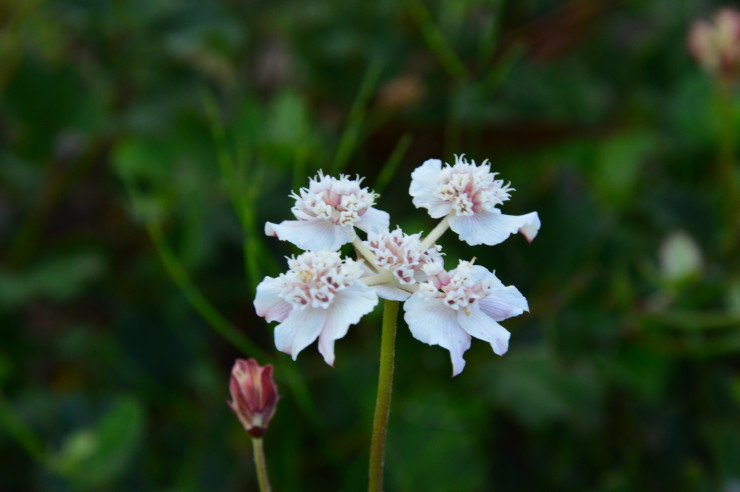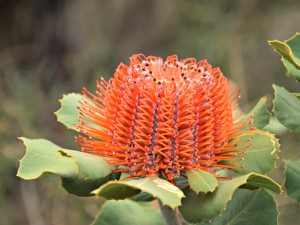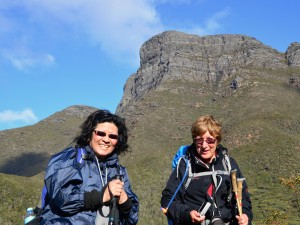Western Australian Wildflowers – Stirling Ranges

Western Australian Wildflowers – Stirling Ranges
Posted on
Each year, people flock to see the Western Australian Wildflowers. Whether it is the carpets of everlastings in the wheat belt, or the diversity of the Fitzgerald National park, most parts of Western Australia’s Southwest harbour 100’s of species.
One place quite literally towers above the rest when it comes to Western Australian wildflowers. The Stirling Ranges. The highest point in the south west, the Stirling Ranges boast an incredible array of wildflowers.
But why? What makes the Stirling Ranges so special.
Like the rest of WA, the Stirling Ranges have been geologically stable for a very long time. The rocks have weathered to become very old, very infertile soils. Despite the amazing display of Western Australian wildflowers on show, you would be crazy to want the soil of the Stirling Ranges in your own garden. There would be no chance of growing a decent carrot in that soil!
Why is it then that the infertile produce such an incredible array of flowers?
Infertile soils is actually one of the reasons that the south west of WA is so floristically diverse. I guess intuitively you’d think that the more fertile an area, the more diverse it would be but it’s often the opposite.
Think of it this way. If you had a beautifully

prepared patch of soil in your back yard ready for a veggie patch and then went on holidays for three weeks, what would you have when you got back?
Weeds.
Something would get in there, grow very quickly and out compete everything else. Soon enough, you would have a dense covering of maybe 2-3 weed species and no room for the carrots!
However, in an area of poor fertility and long periods of stability, plant species are able to carve out their own little niches and you end up with amazing bio-diversity.
Let’s look at a case study. The UK has fertile soil, is geologically (relatively) young and has 1407 native plant species in 243,000 km2.
By contrast, the Stirling Ranges at just 1,150 km2, has 1,500 known plant species and 87 endemic species that are found no where else in the world! It’s jam packed.

The other thing that has influenced the plant diversity in the Stirling ranges are the different and unique climactic conditions. In general the range attracts a higher rainfall than the surrounding land, especially the flat land to the north, but the rainfall doesn’t just dump onto the whole park evenly. The peaks on the south side of the park get much more rainfall than in the north of the park for example, because the wet weather usually comes up from the south. Some of the plants found in the wetter areas are relicts from a time when WA was much wetter than now and as our climate dried their distribution was more and more restricted to areas of high rainfall.
Even the height, shape and orientation of the individual peaks has an influence. Some peaks get more prevailing wind than others, some faces get more sunshine while southern facing areas can be shaded all year round. There are some peaks which receive snow in winter and bake in summer. In the relatively small area that makes up the Stirling Ranges National Park there are heaps of different microclimates which each sustain different species and assemblages of plants.
All of these unique climactic conditions, in conjunction with the poor ancient soils, have led to the high number of endemic species.



